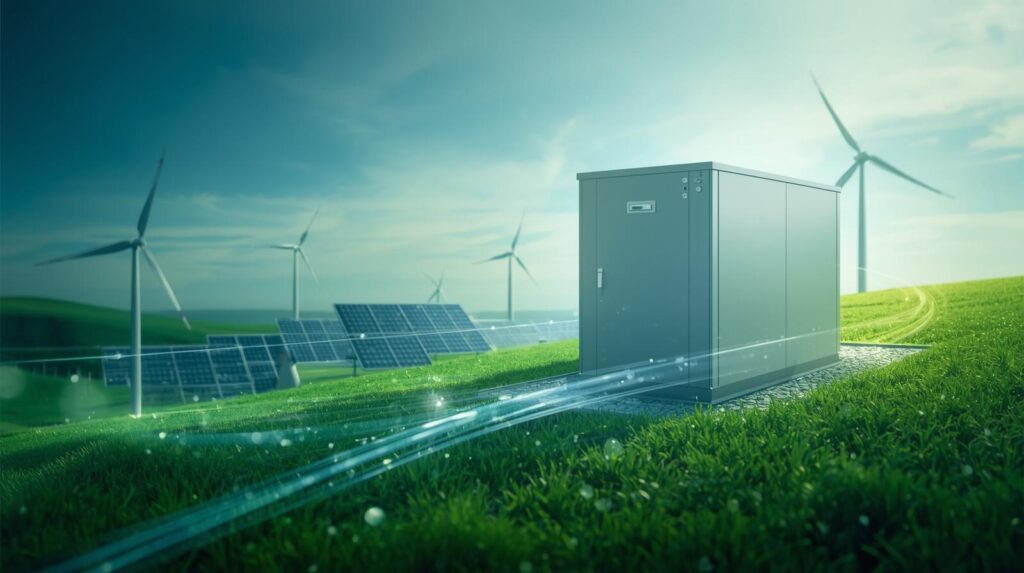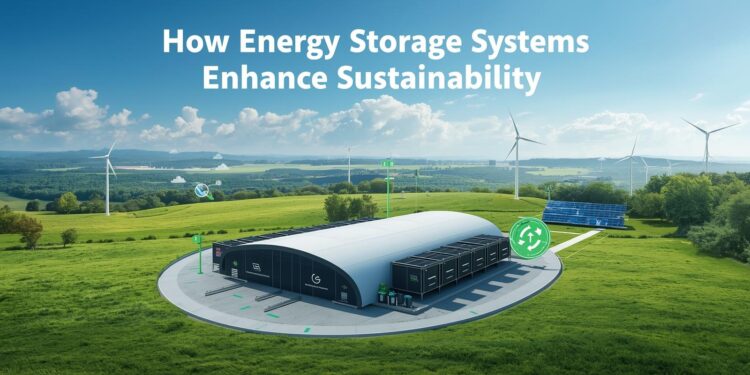In an era where sustainability is no longer optional but essential, energy storage systems (ESS) have emerged as a game-changer. These systems are pivotal in transitioning to renewable energy sources, providing stability, and enhancing efficiency. As a thought leader in technological innovations, it’s crucial to understand how these systems work, their benefits, and their role in shaping a sustainable future.
Energy storage systems are technologies designed to store energy for later use. They range from traditional options like pumped hydroelectric storage to advanced solutions such as lithium-ion batteries and flow batteries. The primary goal of these systems is to capture energy produced at one time for use at another, ensuring a reliable supply.
Renewable energy sources like solar and wind are intermittent by nature. This means they don’t always produce energy when demand is high. ESS can store the excess energy produced during peak production times and release it when demand increases, reducing dependency on fossil fuels.
Energy storage systems offer numerous advantages that enhance sustainability and efficiency. Here are some of the key benefits:
Energy storage systems stabilize the power grid by smoothing out fluctuations in energy supply. This reliability is critical for integrating renewable energy sources into the grid, ensuring a steady and consistent power supply.
By storing energy during low-demand periods and discharging it during high-demand periods, ESS can optimize energy use. This reduces the need for peaking power plants, which are often less efficient and more polluting.
While the initial investment in energy storage systems can be significant, the long-term savings are substantial. ESS reduces the need for expensive infrastructure upgrades and lowers operational costs by improving grid efficiency.
Energy storage systems are not limited to a single sector. Their versatility makes them applicable across various industries, each benefiting from the unique advantages they offer.
The utility sector is one of the largest adopters of energy storage systems. By integrating ESS, utilities can better manage supply and demand, reduce operational costs, and enhance grid reliability. This results in a more resilient energy infrastructure.
For businesses, energy storage systems offer an opportunity to reduce energy costs and improve sustainability. By using stored energy during peak pricing periods, companies can significantly lower their utility bills.
Homeowners can also benefit from energy storage systems. By coupling ESS with renewable energy sources like solar panels, they can achieve energy independence and reduce their carbon footprint.
While the benefits of energy storage systems are clear, there are challenges that need to be addressed for widespread adoption.

Current battery technologies, such as lithium-ion, have limitations in terms of lifespan and energy density. Research is ongoing to develop more efficient and longer-lasting storage solutions.
The regulatory environment can significantly impact the deployment of energy storage systems. Clear and supportive policies are essential to encourage investment and development in this area.
The future of energy storage systems is promising, with advancements in technology paving the way for more efficient and cost-effective solutions. As these systems become more accessible, their role in enhancing sustainability will only grow.
Emerging technologies, such as solid-state batteries and hydrogen storage, hold the potential to revolutionize the industry. These innovations promise higher energy densities, longer lifespans, and increased safety.
The integration of energy storage systems with smart grids will further enhance efficiency and reliability. Smart grids use digital technology to monitor and manage energy flow, optimizing the use of renewable sources.
Energy storage systems are a critical component in the quest for sustainability. By providing reliable, efficient, and cost-effective solutions, they enable the widespread adoption of renewable energy sources. As a business strategist or innovation manager, understanding and leveraging these systems can drive growth, innovation, and a competitive edge in the market.
Incorporating energy storage systems into your strategy not only aligns with global sustainability goals but also positions your organization as a leader in the transition to a greener future. As we continue to innovate and overcome challenges, the potential for energy storage systems to enhance sustainability is limitless.




